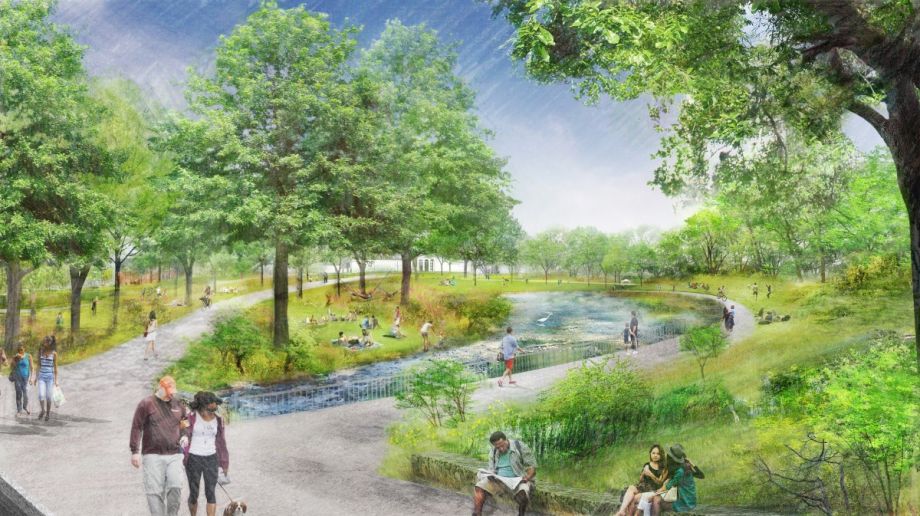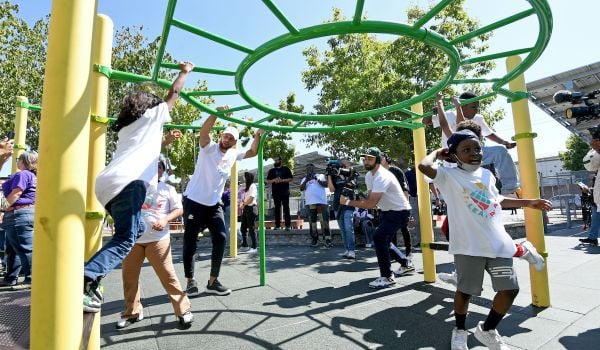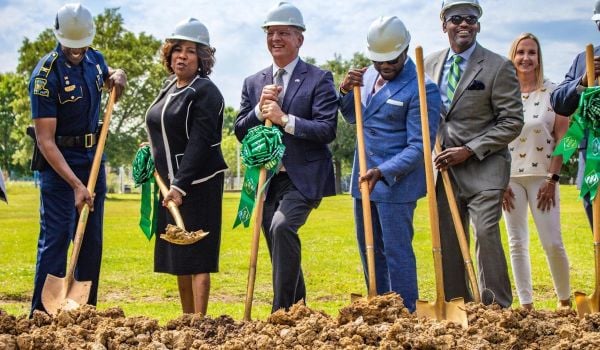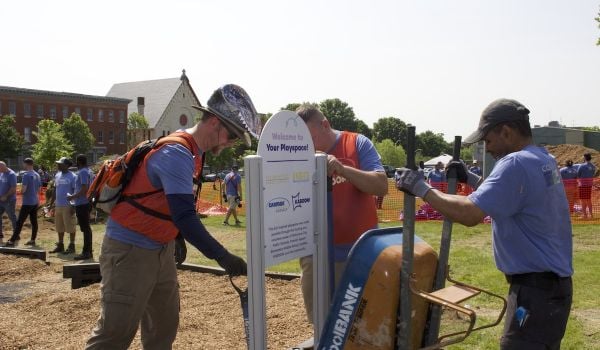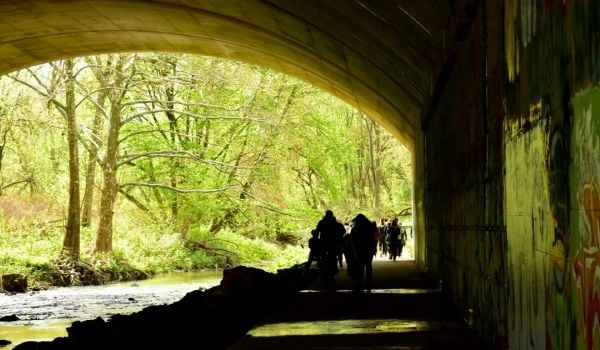City officials have approved a master plan for the 308-acre Dorothea Dix Park, the largest park in the city. But the two-year process, which engaged 65,000 people to figure out how to turn the former psychiatric hospital into the city’s version of Central Park, was the easy part.
The next job for Raleigh is creating an equitable development plan for the park as the city — one of the fastest growing in North Carolina — figures out how to preserve affordability in adjacent neighborhoods. The plan is in its infancy, but city officials believe that building in affordable-housing protections, workforce training opportunities and ways to engage with the local community is not just possible but essential.
“We just started kind of identifying what does this community need and what is this park uniquely positioned to do, and from that, that equity plan will come together,” says Kate Pearce, planning supervisor for the City of Raleigh and project manager for Dix Park.
As the decades-long buildout of Dix Park progresses, property prices in the neighborhoods around Dix Park will likely increase, says Thomas Barrie, director of the Affordable Housing and Sustainable Communities Initiative at North Carolina State University’s College of Design. (NC State will border the park on one side.) This in a county that already has a serious affordable housing shortage — to give one example, he says, the wait list for Section 8 housing vouchers is more than two years long.
“It will be a wonderful park. People are going to want to live next to that park, and they’re going to be willing to pay to live close to the park,” says Barrie, who is also a professor of architecture. “Any large development that’s going to have an impact on its surrounding neighborhoods, for me, really should include in its conversations how the surrounding neighborhoods are not only going to be preserved but actually can grow in ways that would reflect the population of Raleigh.”
The park’s focus on equity began with the 22-month master planning process, when the city engaged 65,000 people about their thoughts on Dix Park. At one point, some people worried about the possibility that officials could sell of some of the buildings in the park or develop them into hotels, breweries or other private businesses. So the city clarified the plan to show that development ideas were only ideas, not part of the park’s current master plan.
Fuller Heights and Caraleigh, two inexpensive neighborhoods that border Dix Park, have already seen property assemblage, a practice sometimes used by commercial real estate to join together several parcels of land, Pearce says.
“This growth and change was happening, but I do think Dix Park is accelerating it,” she says. Pearce believes that redevelopment of Fuller Heights and Caraleigh is inevitable, but that the city should be able to create or preserve more affordability with the equity plan than without it.
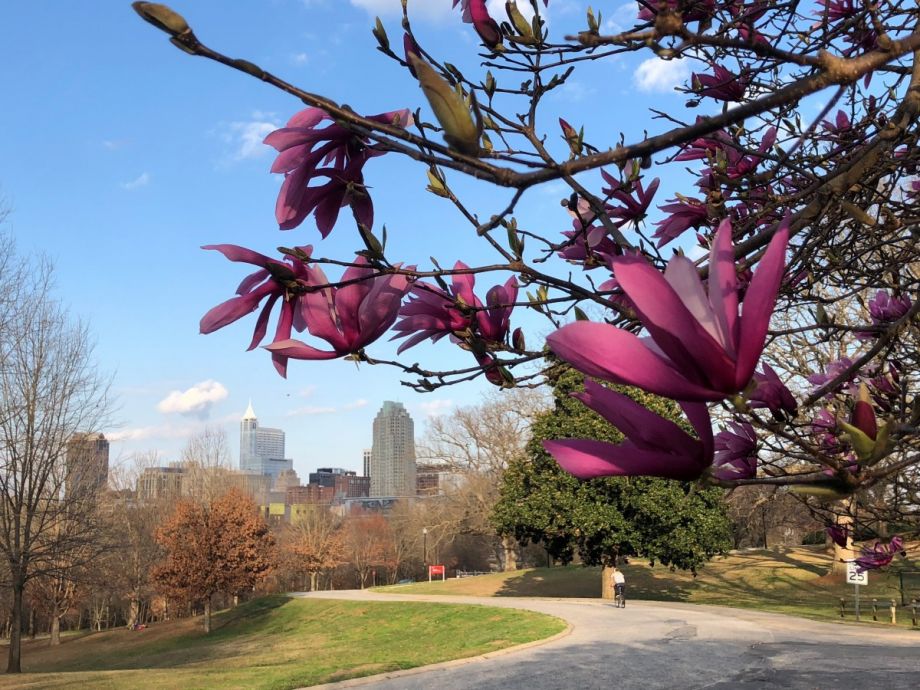
Dix Park today. (Photo courtesy of the city of Raleigh)
Barrie, the architecture professor, says he wants to see greater considerations for how people will access the park by Raleigh’s public transit, and how housing could be part of the park’s gateway. The master plan calls for this corridor to downtown to become an active park edge, which could provide opportunities for mixed-use development and affordable housing.
Neighborhood groups sometimes sign a community benefits agreement, which require developers to provide certain assets to residents. Raleigh has looked at having a benefits agreement, though it doesn’t know yet what specific terms it would include.
“I’d like the community to tell us,” says Jacquie Ayala, who is a member of a committee of community members formed to advise the park staff on Dix Park’s role in the community. “I have ideas for what I think the community might need. I think in Raleigh — especially with the development trends and the fear of displacement and the actual displacement that’s happening — housing is a big issue.
“What we want to do is make sure that folks who have historically not had opportunities, that we can use the park as a place to really foster that true community development,” she says.
The plan development includes talking with organizations and communities around Dix Park who may not normally come to public hearings. “It’s being able to meet folks where they’re at and understand and listen to their needs and then create actual interventions or strategies to address and uplift those folks,” Ayala says.
Barrie of NC State says addressing equitability right away and finding local community organizations is important to making sure that affordability continues to exist around Dix Park. Cities can’t stop growth, but they can guide it.
“Cities like Raleigh, they need to be smart. They need to be proactive,” Barrie says. “When a well-endowed city like Raleigh can build a [308]-acre park, they have the responsibility to look beyond it and plan for a much more equitable and sustainable future. … We can say we should do all of this, but there has to be a culture change around responsible, equitable and sustainable growth.”
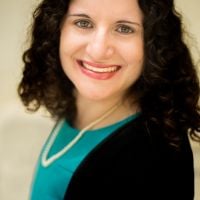
Adina Solomon is a freelance journalist based in Atlanta. She writes on a range of topics with specialties in city design, business and death. Her work has appeared in The Washington Post, CityLab, U.S. News & World Report, and other national and local outlets.

